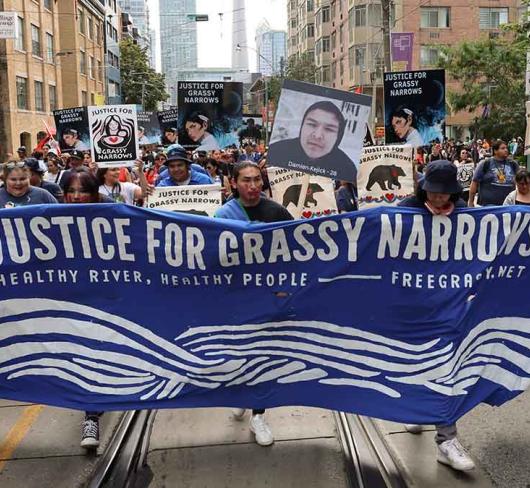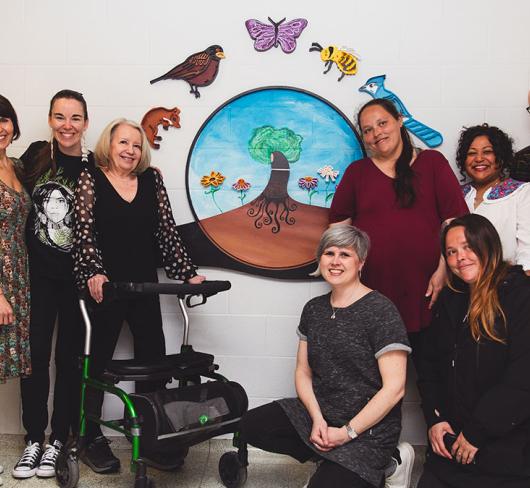
From the Podcast: A History of Wampum From an Anishnaabek Perspective
Preserving and protecting Anishnaabek culture has been Dr. Alan Corbière’s life’s work. Dr. Corbière teaches in the History Department at York University where he holds a Canada Research Chair in Indigenous history of North America, and he is a visiting fellow at Harvard University. On the ETFO podcast Elementary, he spoke about the history of wampum from an Anishnaabek perspective. The transcript below has been edited and condensed. You can listen or subscribe to Elementary at etfo.ca or on most podcast apps.
Meagan Perry: What is wampum?
Alan Corbière: Wampum is a marine shell, a mollusk. Quahog shell and also Whelk shell. The quahog you use to make the purple beads, and the whelk shell you use to make the white beads. The white and purple beads were used historically to make strings of wampum beads. Sometimes they were used as decorative adornment so you would have necklaces made of them, earrings made of them, and arm bands and wrist bands, and then also they’re most famously known as wampum belts, but that’s an English misnomer; the French call them colliers. But these were used as mnemonic devices to commemorate agreements and events.
MP: How did the use of wampum in treaty negotiations or treaty signings come to be?
AC: The general public have heard of the Haudenosaunee using wampum as belts, and one of the famous ones around the Toronto area, of course, is the Dish with One Spoon. But before that occurred, the Haudenosaunee say that they tied their use of wampum to the coming of the peacemaker. Before they became six nations, there were five nations. They had a historic figure named the peacemaker that came. Reportedly this Peacemaker was a Huron fellow. He had suffered losses and the people of the five nations were warring against each other and he came to unite them in peace.
Many people call this Dish with One Spoon the first treaty amongst ourselves. It’s also historically tied to the great peace of Montreal in 1701. At that time, Governor Callière invited a number of different nations from all around the Great Lakes to come and said, “I give each of your nations a collier so that you take back to your old people and your young people to explain what has been agreed to here.”
He gave 39 of these out. It was a peace treaty that Dish with One Spoon. It was a peace treaty to say that you will not kill each other when you meet each other on the hunting grounds. So that’s how that got adopted by the French. Later on, the British also adopted it. And even later, Sir William Johnson. By 1760 we know that the British defeat the French and around late 1760s Sir William Johnson tells the Western Confederacy, which includes the Ojibwe Odawa, Potawatomi, the Haudenosaunee, Delaware and Muncie and all these others: “I’ve taken the dish, and I brought it into the fort,” telling them that you can come to the fort for food. So, it’s an interesting history of how the British adopted the use of the Dish with One Spoon wampum.
MP: What do you see as some of the things that are commonly misunderstood about wampum?
AC: One of the main misconceptions of wampum belts is that they’re irrevocably lost – that their meaning is irrevocably lost, when actually, we’ve been seeing increasingly that their meaning and the speeches that accompanied them are getting restored.
Meagan Perry is a member of ETFO Executive Staff.

